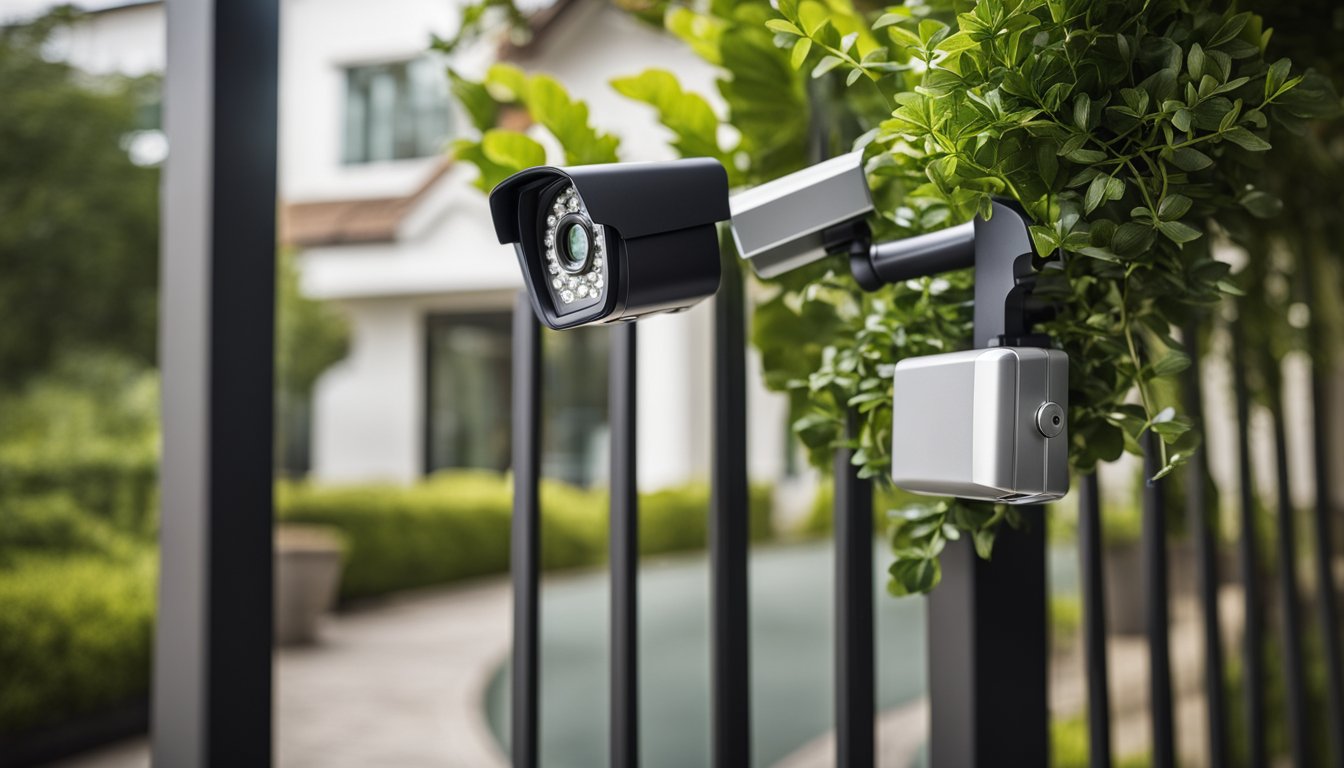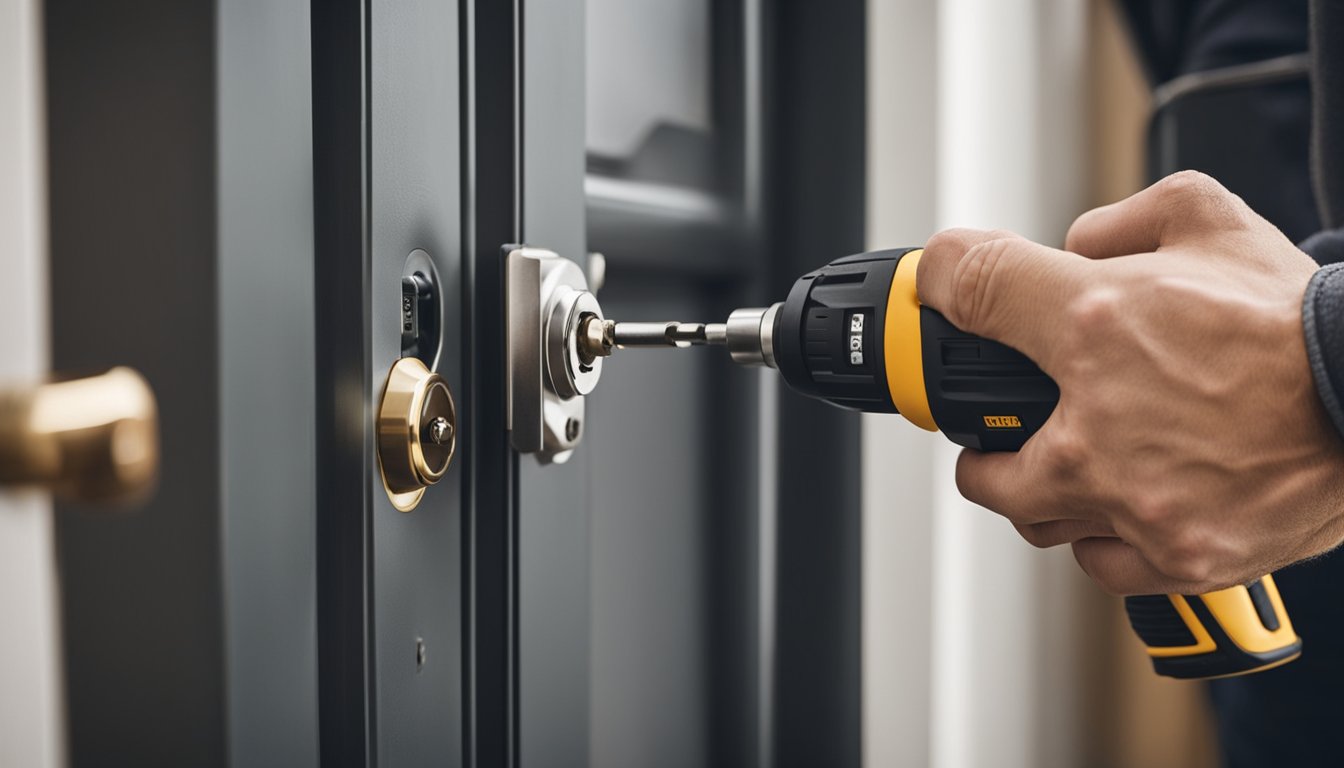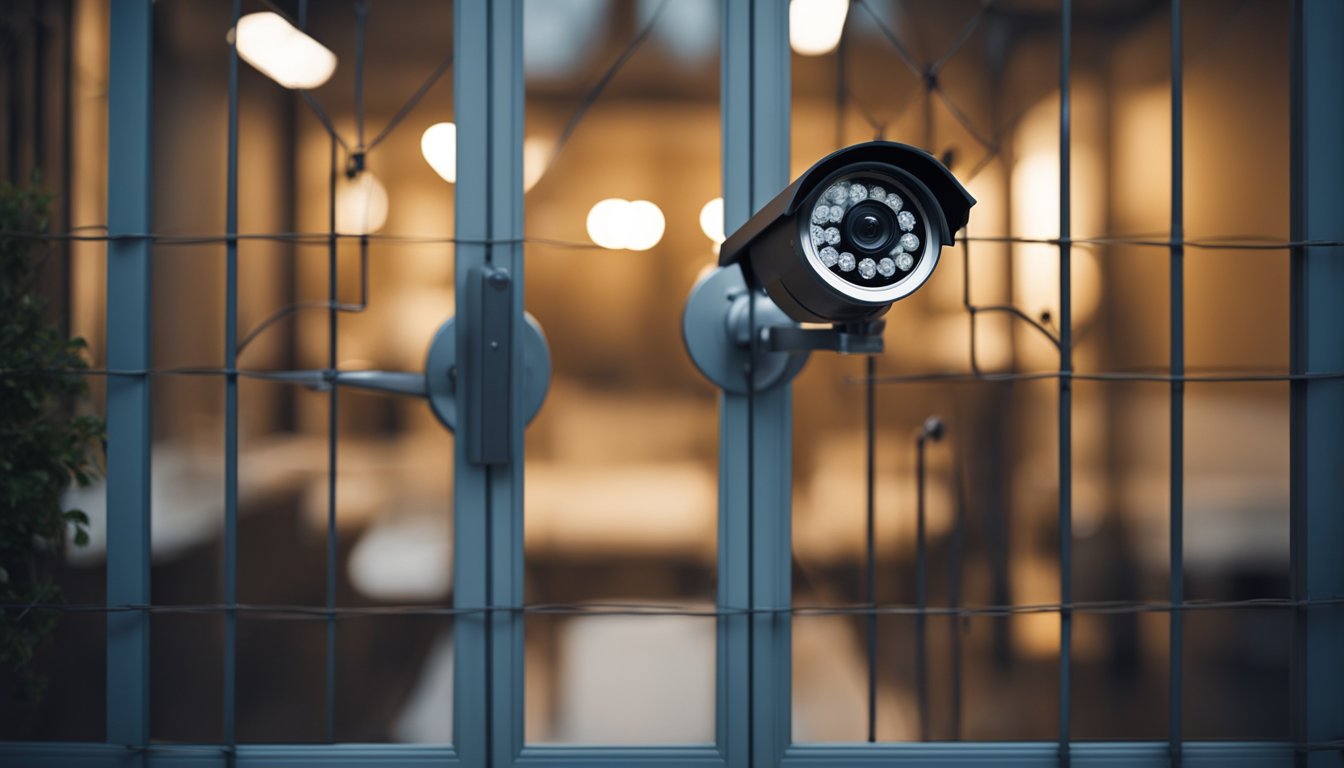Late updated: 12 Feb 2025 10:02
Written by: Elena Prescott
Securing Your Home With Basic DIY Strategies: Practical Tips for Enhanced Safety
In today's world, ensuring the safety of our homes is paramount. With the increasing availability of technology, there are various methods to enhance security without professional help. By adopting basic DIY strategies, we can significantly enhance our home's security while keeping costs low.

Many simple steps can make a substantial difference in how secure we feel in our homes. From installing deadbolts and securing windows to setting up DIY security cameras, homeowners can create robust barriers to potential intruders. These strategies not only deter criminal activity but also offer peace of mind.
Home security doesn't have to be expensive or complicated. With a little effort and the right guidance, we can protect our homes effectively. Let's explore straightforward strategies that empower us as homeowners to take security into our own hands.
Key Takeaways
- DIY home security can be economical and effective.
- Improving locks and surveillance enhances safety.
- Simple strategies provide significant peace of mind.
Optimising Physical Locks and Entry Points

Securing our homes begins with enhancing the strength of physical locks and reinforcing entry points. By addressing door and window vulnerabilities, we can significantly reduce the risk of break-ins and burglaries.
Choosing Effective Locks
Selecting robust locks is fundamental to home security. Deadbolts are a popular choice due to their durability and resistance to forced entry. High-quality deadbolts with a bolt at least one inch long provide effective security.
Smart locks offer convenience without sacrificing safety. They integrate with apps, allowing us to monitor and control access remotely. We recommend keypad locks for their combination of security and ease of access. Always choose locks certified by recognised security standards.
Securing Windows and Doors
Windows are common weak points in home safety. Key-operated locks provide a secure option over standard window latches. For sliding windows, window locks or adjustable window stops are advisable. Doors require reinforced frames and high-impact door locks.
Installing a video doorbell enhances security at the front door, providing real-time alerts and footage. Double-check that window air conditioners are securely mounted, preventing them from providing easy entry.
Additional Barriers
Supplementing locks with additional barriers can further deter break-ins. Security cameras around the perimeter provide surveillance and deterrence. They should cover all main entry and exit points with high-resolution footage.
For doors, floor safes add another layer of security, protecting valuables even if entry is gained. Investing in window bars or grilles offers an added physical barrier. Always ensure these additional barriers do not impede safe exit during emergencies.
By utilising these strategies, we can effectively safeguard our homes against unauthorised access and improve safety.
Enhancing Surveillance and Deterrence
Increasing the security of our homes involves strategic placement and use of surveillance technologies, as well as methods to deter potential intruders. By leveraging both technology and practical tactics, we can create a secure environment that protects our families and properties.
Implementing Surveillance Systems
A robust home surveillance system starts with carefully chosen equipment. Outdoor security cameras are essential, providing continuous monitoring of the property's perimeter. Doorbell cameras are effective, offering both video evidence and real-time alerts.
These systems contribute not only to capturing evidence but also act as a strong deterrent. Potential intruders are less likely to attempt a break-in if they notice visible security systems. Dummy security cameras can also be a cost-effective way to amplify the perception of surveillance.
When selecting our surveillance system, we aim for high-resolution cameras, ensuring clear footage even at night. Incorporating home automation, such as remote access via smartphones, allows us to keep track of activities from anywhere.
Leveraging Lighting and Detection
Lighting plays a significant role in home security. Motion sensor lights can surprise any unwelcome visitor, often causing them to flee. Strategically placed motion detector lighting around the premises can cover blind spots, illuminating areas they might hide.
Utilising LED lights with smart features allows for scheduled or triggered lighting changes, simulating occupancy when we're away. Motion detectors inside the home can be integrated with alarm systems, offering another layer of protection.
Our choice of lighting should consider energy efficiency. Floodlights with motion sensors can cover larger areas but should be energy-efficient to keep costs down. Smart lighting systems can integrate with alarm systems, increasing deterrence through synchronised alerts and actions.
Strategic Use of Deterrence Tactics
Beyond technology, everyday tactics can strengthen our home's security. Security signs and yard signs indicating surveillance presence are simple yet effective deterrents. Even the semblance of security can dissuade invaders.
Neighbourhood Watches create a community-based defence network, providing collective vigilance and faster response to suspicious activity. Guard dogs serve as both a deterrent and a reactive measure, alerting us of intrusions.
By combining these methods, we create a layered security strategy, each part reinforcing another. This integrated approach ensures our home remains a hard target, discouraging any potential intrusions.
Frequently Asked Questions

Incorporating DIY security measures can significantly enhance our home's safety. These approaches range from budget-friendly solutions to specific techniques that can deter burglars effectively.
What inexpensive measures can I take to enhance the security of my home?
We can reinforce door locks, add window alarms, and use motion-sensor lights. Trimming hedges and ensuring entryways are well-lit also discourages intruders without breaking the bank.
What are some unanticipated home security tips?
One effective tip is to install blinds or curtains that obscure the view into our home. This prevents potential burglars from scouting valuables and layout. Additionally, using timers to switch lights on and off can give the appearance of occupancy.
What precautions can I implement to deter burglars when my property is unoccupied?
To keep our home safe when we are away, we can ask neighbours to collect mail and park in our driveway. Setting interior lights on timers reinforces the impression of someone being home.
Could you provide any police-recommended strategies for home safety?
Many police departments suggest keeping doors and windows locked at all times. Using deadbolts and securing sliding doors with bars or rods are recommended practices. Encouraging neighbourhood watch programmes also enhances security.
How can I reinforce my windows to prevent unauthorised entry?
We can install window security film or protective grilles to strengthen windows. Using keyed locks for sliding windows and double glazing can further deter break-ins.
What are the most effective strategies for safeguarding a residence without installing an alarm system?
To protect our homes without alarm systems, we can adopt a layered approach. This includes sturdy locks, strategic lighting, and security cameras. Dogs are natural deterrents as well, providing an audible alert to unusual activity.
